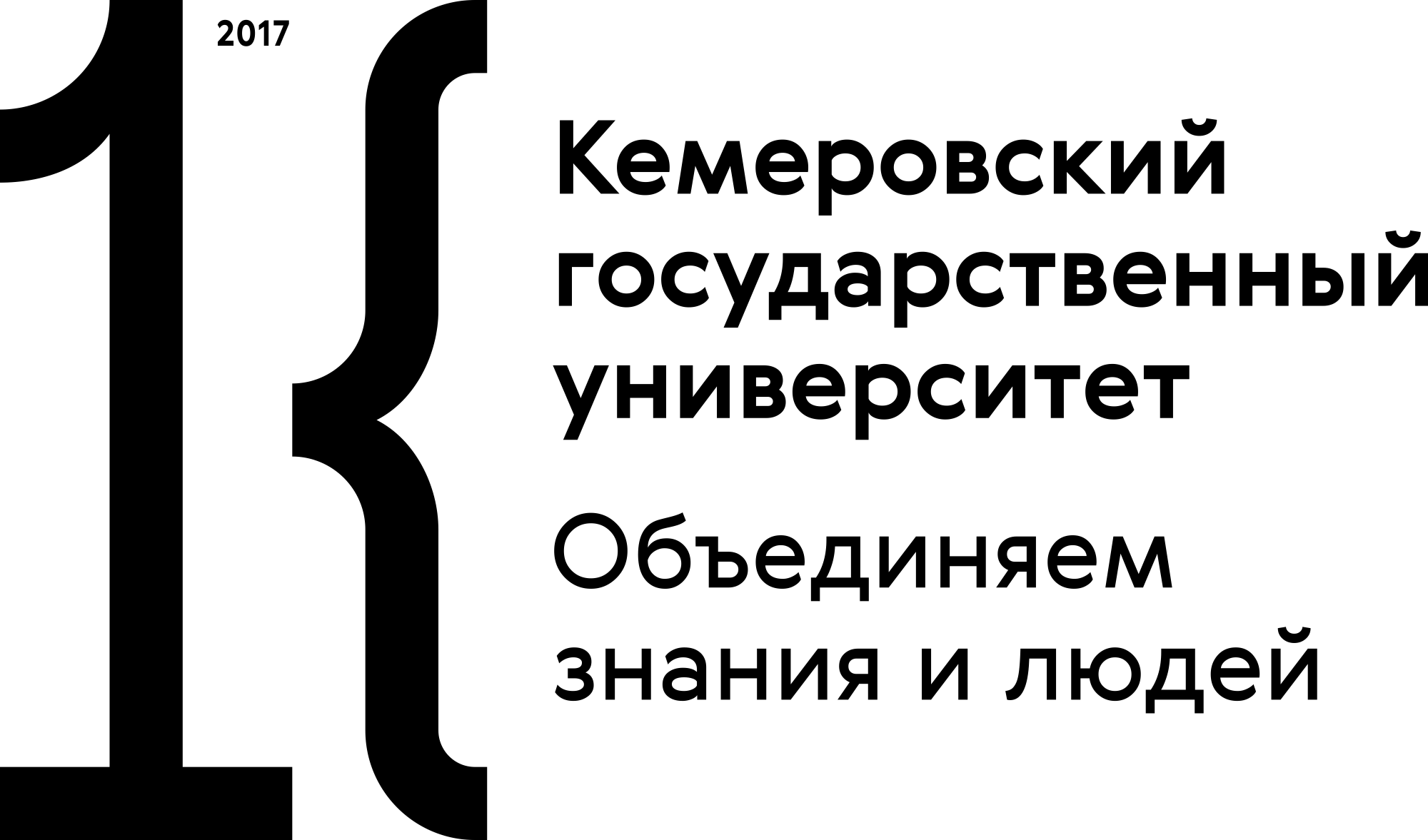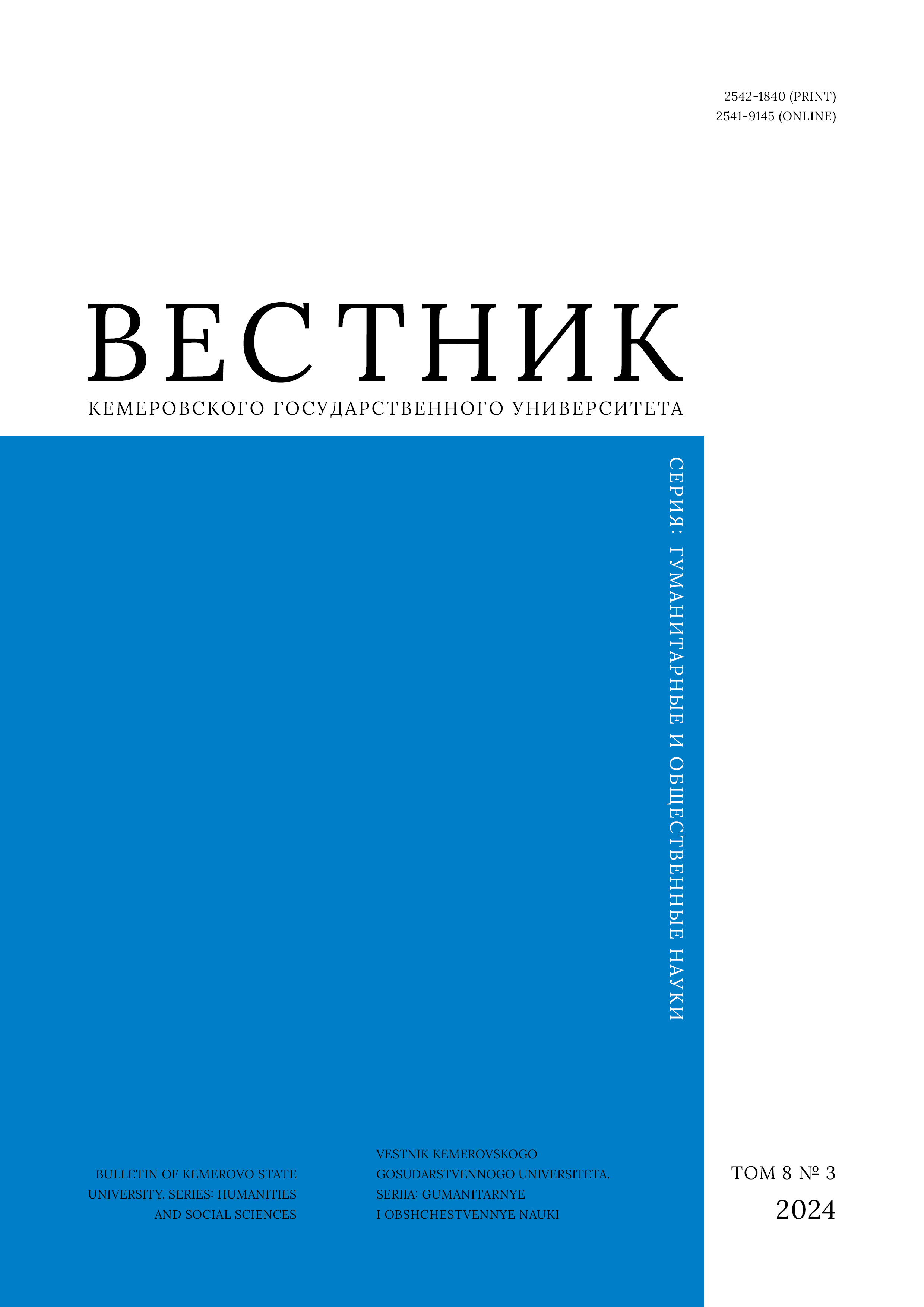Moscow, Russian Federation
Moscow, Russian Federation
The pandemic theme is popular in modern horror literature, Fireman (2016) by Joe Hill being an iconic example. The novel describes emotional situations associated with a pandemic caused by a deadly fungus. The article describes how the pandemic theme is linguistically represented in horror fiction. The material in question remained beyond the scope of scientific analysis, as did the topic of pandemic-induced emotions. The authors relied on the principles of linguistics of emotions, linguistics of text, cognitive linguistics, and concept studies. The linguistic methods of descriptive, typological, and logical-comparative analyses made it possible to identify the means and ways of representing pandemic-induced fear. The authors developed an algorithm for describing the linguistic means Joe Hill employed to convey the atmosphere of fear. A typology of emotive situations revealed the narrative features typical of the horror genre in general and Joe Hill’s style in particular. In his Fireman, Joe Hill avoided language units directly related to fear: he substituted them with words from the semantic field of burning and fire, which correlated with the symptoms of the disease.
pandemic, emotive, representation, expressive means
1. Apresyan V. Yu. Metaphor in the semantic representation of emotions. Voprosy jazykoznanija, 1993, (3): 27–36. (In Russ.)
2. Bartashova O. A., Polyakova S. E. Emotional tension as an aspect of communicative failure in discourse. St. Petersburg: SPbSU, 2019, 40. (In Russ.) https://www.elibrary.ru/wxugwv
3. Bogdanova L. I. Emotional concepts and their role in describing verbs from the standpoint of active grammar. Language, consciousness, communication, eds. Krasnykh V. V., Izotov A. I. Moscow: Dialog-MGU, 1998, 36–43. (In Russ.) https://www.elibrary.ru/ueciaz
4. Butuzova Yu. A. Psychological essence of emotional condition. Omsk Scientific Bulletin, 2011, (5): 173–175. (In Russ.) https://www.elibrary.ru/ooavxr
5. Zagrayevskaya T. B. Emotivity and expressivity in the structure of the virtual implementation of assessment. Language as a System and Activity 5: Proc. Intern. Sci. Conf., Rostov-on-Don, 24–27 Sep 2015. Rostov-on-Don: SFedU, 2015, 107–109. (In Russ.) https://elibrary.ru/wgjfvl
6. Larsen J., McGraw A. P., Mellers B. A., Cacioppo J. T. The agony of victory and thrill of defeat: Mixed emotional reactions to disappointing wins and relieving losses. Psychological Science, 2004, 15(5): 325–330. http://dx.doi.org/10.1111/j.0956-7976.2004.00677.x
7. Gukalova N. V. Emotivity, emotive means, expressiveness, evaluation: Problem of defining the categories in contemporary linguistics. Bulletin of the A. P. Chekhov Taganrog Institute, 2018, (1): 134–139. (In Russ.) https://elibrary.ru/xreoih
8. Ivanova O. Ya. Characteristics of the concept of lexico-semantic field. SuperInf.ru, 2012. (In Russ.) URL: https://superinf.ru/view_helpstud.php?id=4634 (accessed 12 Dec 2024).
9. Sokolova O. V., Zakharkiv E. V. Unsual functioning of ambiguity discourse markers in contemporary poetry. Cognitive studies of language, 2021, (4): 606–614. (In Russ.) https://elibrary.ru/ffrqwn
10. Zakharkiv E. V. Resemantization of discourse markers in contemporary Russian- and Anglophone poetry. Foreign languages in tertiary education, 2021, (2): 42–56. (In Russ.) https://doi.org/10.37724/RSU.2021.57.2.004
11. Zakharkiv E. V. Verbal aggression in modern poetry: Conventional and unconventional functioning of discursive markers. Slovo.ru: Baltic accent, 2020, 11(4): 15–27. (In Russ.) https://doi.org/10.5922/2225-5346-2020-4-2
12. Scherer K. R. What are emotions? And how can they be measured? Social Science Information, 2005, 44(4): 695–729. http://dx.doi.org/10.1177/0539018405058216
13. Kovshova M. L., Orlova O. S. Riddles about birth: Cognitive-linguocultural analysis. Cognitive studies of language, 2018, (35): 44–51. (In Russ.) https://elibrary.ru/yofcuh
14. Ortony A., Clore J., Collins A. The cognitive structure of emotion. Language and intelligence, ed. Petrov V. V. Moscow: Progress, 1995, 314–385. (In Russ.)
15. Samigulina F. G. Linguistic consciousness and cultural specificity of the emotive worldview: Pragmatics of diminutivity. Linguistic and cultural phenomena in the communicative space of a multiethnic region: Proc. I Intern. Sci. Conf., Rostov-on-Don, 5–7 Nov 2014. Rostov-on-Don: SFedU, 2014, 478–483. (In Russ.) https://elibrary.ru/rknhwj
16. Gumovskaya G. N. Patterns of the English Sentence. Moscow, 2018, 61. (In Russ.)
17. Nezlek J. B., Kuppens P. Regulating positive and negative emotions in daily life. Journal of Personality, 2008, 76(3): 561–580. http://dx.doi.org/10.1111/j.1467-6494.2008.00496.x
18. Kulikov S. Yu. Evaluative amplifiers in the text. Translation and cognition in the 21st century: Proc. Conf., Moscow, 13 Apr 2021. Moscow, 2021, 68–73. (In Russ.)
19. Orlova O. S. Euphemization as a speech strategy for restraining emotions in English and Russian euphemisms of death and birth. In: Ioanesyan E. R., Ryabtseva N. K., Kovshova M. L., Dronov P. S., Orlova O. S. Representation of emotional sphere in different languages. Moscow: IL RAS, 2020, 195–212. (In Russ.) https://elibrary.ru/ioxiog
20. Yaroshenko P. V. The Translation Models for Sensory Lexicon (a case study of the multiple-translation corpus). LI Ludmila Verbitskaya international scientific philological conference: Proc. LI Intern. Sci.-Philol. Conf., St. Petersburg, 14–21 Mar 2023. St. Petersburg: SPbSU, 2023, 1421–1422. (In Russ.)
21. Feshchenko V. V. The role of anomalous utterances in formulating linguistic theories. Cognitive studies of language, 2019, (36): 573–581. (In Russ.) https://elibrary.ru/yzzuex
22. Fraisse P. Emotions. In: Fraisse P., Piaget J. Experimental psychology. Moscow: Progress, 1975, 111–195. (In Russ.)
23. Gumovskaya G. N. The rhythmic structure of the text as a factor of the harmonic organization of fiction. Moscow: Universitet, 2015, 224. (In Russ.)


















